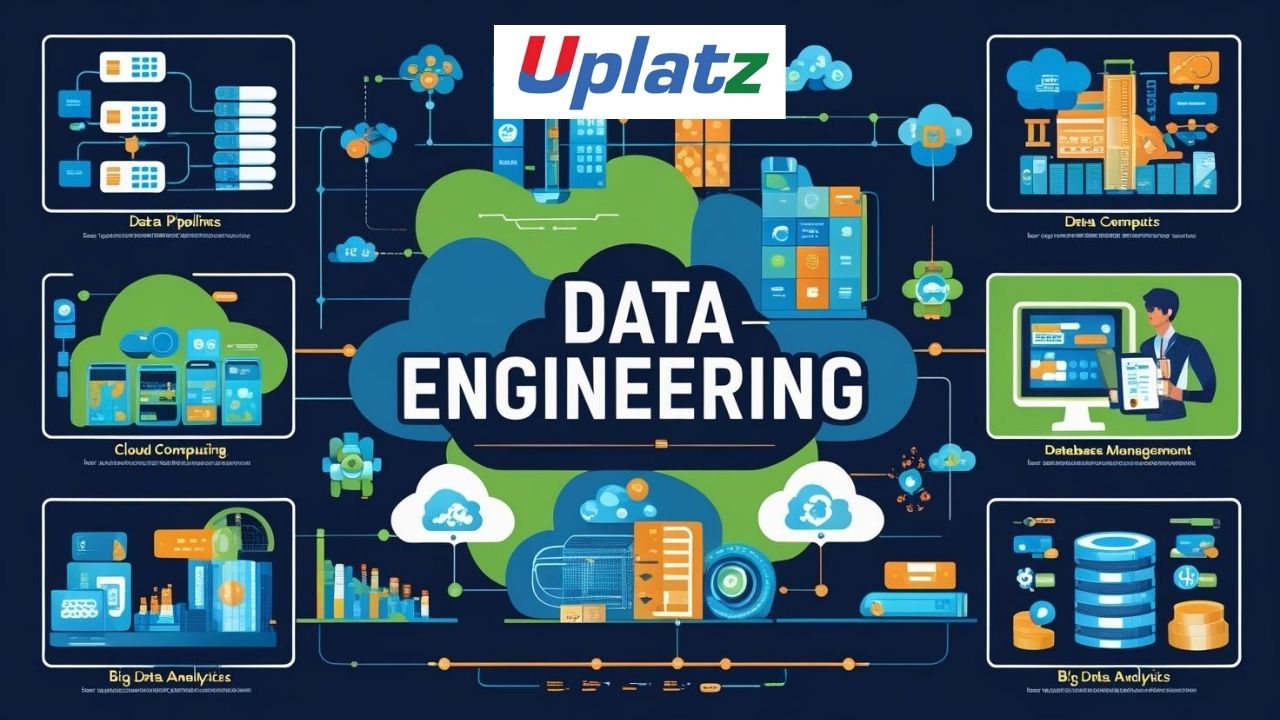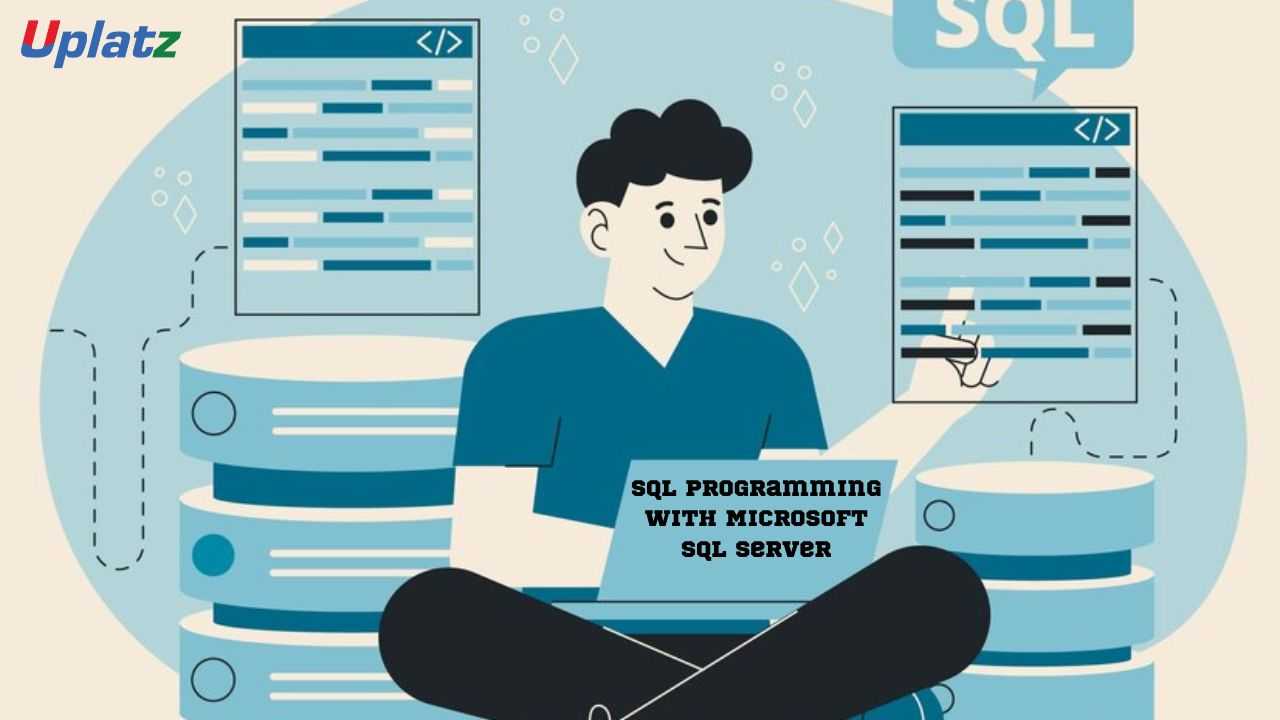TimescaleDB
Unlock Scalable Time-Series Analytics with TimescaleDB – Combine SQL Power with Time-Series PerformancePreview TimescaleDB course
Price Match Guarantee Full Lifetime Access Access on any Device Technical Support Secure Checkout Course Completion Certificate 96% Started a new career
BUY THIS COURSE (
96% Started a new career
BUY THIS COURSE (GBP 12 GBP 29 )-
 86% Got a pay increase and promotion
86% Got a pay increase and promotion
Students also bought -
-

- Data Engineering
- 10 Hours
- GBP 12
- 10 Learners
-

- SQL Programming with Microsoft SQL Server
- 55 Hours
- GBP 12
- 5739 Learners
-

- SQL Programming with MySQL Database
- 8 Hours
- GBP 12
- 4562 Learners

-
A real-time DevOps monitoring solution using Grafana
-
An energy consumption dashboard with continuous aggregates
-
A financial tick data pipeline with automatic compression
-
Install and configure TimescaleDB
-
Create and manage hypertables for time-series efficiency
-
Query large-scale time-series data using advanced SQL
-
Set up retention policies and compression
-
Integrate with Grafana for dashboarding
-
Use PostgreSQL tooling with time-series enhancements
-
PostgreSQL users working with time-stamped data
-
DevOps and SREs building scalable monitoring solutions
-
Data engineers managing IoT or telemetry data
-
Finance analysts handling real-time pricing feeds
-
Anyone looking to scale SQL-based analytics on time-series workloads
-
Start with PostgreSQL Basics – Revisit core SQL commands if needed
-
Use SQL for Everything – Leverage TimescaleDB’s SQL-native design
-
Build Hypertables Early – Practice time-based partitioning for performance
-
Visualize Your Data – Connect TimescaleDB to Grafana for real-time insights
-
Implement Retention and Compression – Keep storage under control
-
Experiment with Continuous Aggregates – Optimize repetitive queries
-
Monitor with pg_stat_statements – Track query performance and usage
Course/Topic 1 - Coming Soon
-
The videos for this course are being recorded freshly and should be available in a few days. Please contact info@uplatz.com to know the exact date of the release of this course.
By the end of this course, you will be able to:
-
Install and configure TimescaleDB locally and in the cloud
-
Create hypertables to store time-series data efficiently
-
Use SQL to query time-series data with filters, grouping, and joins
-
Manage large datasets with retention and native compression
-
Create real-time dashboards using TimescaleDB + Grafana
-
Implement continuous aggregates to accelerate queries
-
Tune performance using indexes and analyze query execution plans
Course Syllabus
Module 1: Introduction to Time-Series and TimescaleDB
-
Time-Series vs Relational Data
-
What is TimescaleDB?
-
Use Cases and Benefits
Module 2: Installing TimescaleDB
-
Installation on Linux, Mac, Docker
-
Cloud Deployment on AWS/RDS
-
Integrating with Existing PostgreSQL Databases
Module 3: TimescaleDB Architecture and Concepts
-
Hypertables and Chunking
-
Partitioning by Time and Space
-
Comparison with PostgreSQL Native Tables
Module 4: Writing and Querying Data
-
Inserting and Updating Time-Series Data
-
Querying with SQL: filters, aggregates, time functions
-
Using Window Functions and Time Buckets
Module 5: Indexing, Retention, and Compression
-
Index Strategies for Time-Series
-
Creating Retention Policies
-
Native Compression for Storage Optimization
Module 6: Continuous Aggregates
-
Introduction to Materialized Views
-
Creating and Refreshing Continuous Aggregates
-
Performance Tuning for Aggregates
Module 7: Advanced SQL for Time-Series
-
Time-Bucket Join and Gap Filling
-
Anomaly Detection with SQL
-
Time Shifting and Time Zone Adjustments
Module 8: Visualizing with Grafana
-
Connecting TimescaleDB to Grafana
-
Building Time-Series Dashboards
-
Alerting and Thresholds
Module 9: Maintenance and Monitoring
-
Analyzing Query Plans with EXPLAIN
-
Using pg_stat_statements
-
Backups, Security, and Scaling
Module 10: Projects and Capstone Exercises
-
Energy Usage Tracker
-
DevOps Metrics Dashboard
-
Financial Market Data Monitor
Module 11: TimescaleDB Interview Questions & Answers
-
Architecture and Querying
-
Optimization and Scaling
-
Integration Scenarios
Upon successful completion, learners will receive a Certificate of Completion from Uplatz that validates their proficiency in working with time-series data using TimescaleDB. The certification is ideal for professionals seeking roles in time-series analytics, PostgreSQL development, or data infrastructure engineering.
With the rapid growth of real-time analytics in every industry, TimescaleDB is becoming a top choice for managing time-based data in a scalable way. This course prepares you for roles such as:
-
Time-Series Data Engineer
-
PostgreSQL Developer
-
DevOps Data Analyst
-
IoT Analytics Engineer
-
Infrastructure Monitoring Specialist
-
What is TimescaleDB and how is it different from PostgreSQL?
Answer: TimescaleDB is a time-series database built on PostgreSQL. It extends PostgreSQL with hypertables, time-based partitioning, compression, and continuous aggregates, enabling it to handle time-series data more efficiently than standard PostgreSQL tables. -
What is a hypertable in TimescaleDB?
Answer: A hypertable is a logical abstraction of a time-series table, automatically partitioned into chunks based on time (and optionally space). It enables scalable inserts and fast queries over time-based data. -
How does TimescaleDB handle high-volume time-series inserts?
Answer: TimescaleDB partitions data into smaller chunks using hypertables, allowing efficient storage and retrieval. It also uses indexes and background workers for query and insert optimization. -
What are continuous aggregates and how do they help?
Answer: Continuous aggregates are materialized views that automatically refresh on a schedule. They reduce computation time by pre-aggregating commonly queried metrics (e.g., hourly averages). -
How is data retention managed in TimescaleDB?
Answer: You can define retention policies to automatically drop old chunks of data after a specified time interval, saving storage and improving performance. -
What kind of compression does TimescaleDB offer?
Answer: TimescaleDB provides native columnar compression for older data chunks. It reduces storage and improves query speed, especially on historical data. -
Can TimescaleDB be used with Grafana?
Answer: Yes, Grafana can connect to TimescaleDB as a PostgreSQL source. It allows you to create rich visualizations and alerts for real-time and historical metrics. -
What is the time_bucket() function used for?
Answer: Thetime_bucket()function groups time-series data into fixed-size intervals, enabling aggregation like average, sum, or count over consistent time windows (e.g., 10-minute buckets). -
How does TimescaleDB maintain SQL compatibility?
Answer: TimescaleDB is a PostgreSQL extension, so all SQL features and tools available in PostgreSQL work seamlessly with TimescaleDB, including joins, indexes, triggers, and stored procedures. -
What are the advantages of TimescaleDB for IoT or DevOps monitoring?
Answer: TimescaleDB offers high ingest speed, time-based queries, retention policies, and seamless visualization integration—making it ideal for storing and querying high-frequency time-stamped metrics.









